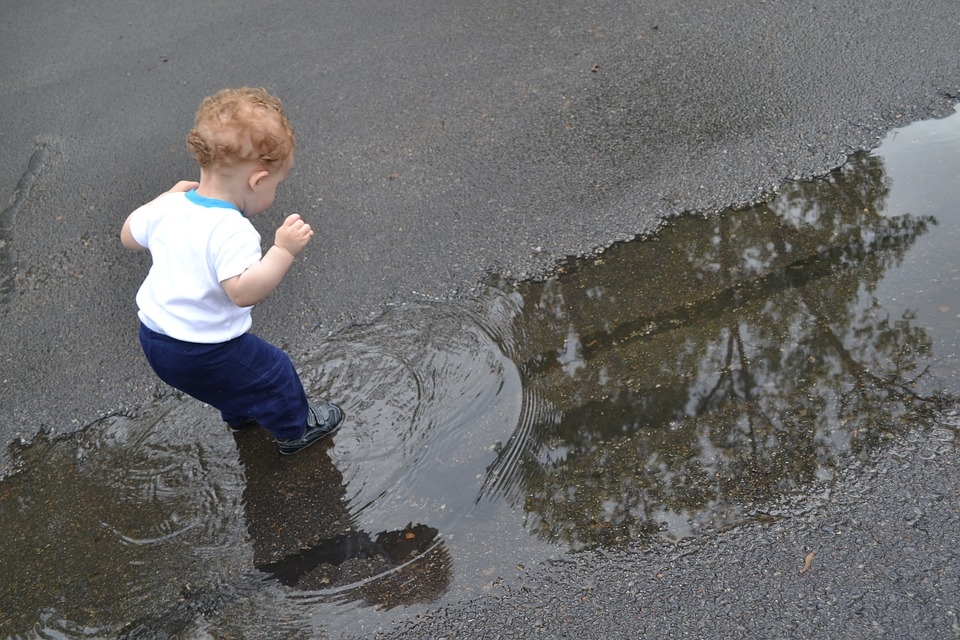In our last blog, we talked about some chores to do around the home before the weather changes. One of the things we mentioned was draining the hot water tank. In this blog, we’ll describe exactly how to do that. This project comes up about the same time every year, because it can extend the life of the appliance by many years. We have quite a high sentiment content here in the Valley, and periodically draining the tank will get rid of the built-up sediment, make your water heat faster, and result in less wear and tear on the water heater. You don’t want to call a plumber to replace that water heater for as long as possible, and regular maintenance will keep the unit working better and longer.
Tools
- One garden hose
What to do
- Turn of the cold water supply. There should be a valve at the top of the tank. If you don't, the tank will continue to fill as you drain it.
- For an electric water heater, turn the unit off at the breaker box. These units generally don’t have an On/Off switch. Do not fail to perform this crucial step, as the elements will burn themselves up if the water level drops below them
- For gas water heaters, turn the unit to ‘PILOT’.
- Go to bed, or go to work, or go do something which doesn’t require any hot water for a long time. Due to the excellent efficiency of today’s water heaters, that water in the tank is going to stay hot for ages. That hot water will burn anything or anyone it comes in contact with, but even if you wanted to use it to fill your hot tub, the sediment in the water will may you rethink that plan in a hurry.
- After the water has had time to cool, attach the garden hose to the bottom at the tank’s drain valve. It may be hidden behind a cover--that’s okay. Run the hose to the place where the water can drain safely.
A note to people who live in kid-populated neighborhoods: the kids may want to play in the draining water, especially if there isn't a handy gutter. Therefore, it becomes essential that the water isn’t hot when it’s released.
- Open a tap on the highest floor. This will break the vacuum of the water and make it drain faster.
- Slowly open the drain valve (where the hose is attached). If the water is still too hot, you can always shut the valve and come back later.
- Drain the tank. Keep an eye on the end of the hose to make sure the tank is draining well and that some joker didn’t put it through your mail slot or in someone’s half-open car window, especially if you live on a hill.
Most of these spigots are angled and poorly designed to remove the sediment--remember, they’re devised by the hot water tank manufacturers, who are much more interested in sales than good water heater maintenance!
- Turn the water to the tank back on while the drain spigot is still open to remove any remaining sediment. Once the water runs clear from the end of the hose, the valve can be closed to allow the tank to heat up.
- Shut the hot water faucet off (the one open in the house).
- When the tank is full, turn the water heater back on.
This simple process can add years of life to a water heater.
While draining the water heater, if there is a leak or some other type of problem, or if you’d rather have a professional drain the tank, let us know. We’ll be happy to schedule a visit.
If you need an honest, dependable plumber in the Phoenix, Mesa, Tempe or Chandler area, call Jimmy at 480-757-1273






